Review: The Mess
The Mess
Mikaela Davies and Polly Phokeev Productions
Created by Mikaela Davies and Polly Phokeev. Written by Polly Phokeev. Directed by Mikaela Davies. Designed by Imogen Wilson and Mikaela Davies. Music by Gregory Hoskins. At Apple Self Storage (530 Adelaide St. West). Runs until December 17.
Annalise (Robyn Stevan) is cleaning up the mess of stuff in the storage unit she shared with her late ex-husband. She has to confront the realities of his life—he was a failed stand-up comedian—during their marriage and after it broke down. She realizes the extent of it when two other people come to the unit: Mackenzie (Rebecca Applebaum), who slightly knew her ex-husband and wants some of his stuff, and a mysterious man named Tristan (Michael Ayres), who has a startling connection to him.
Co-creators Mikaela Davies and Polly Phokeev have devised a short, complex, layered story of how the mess a person creates can affect those around them. Each character brings their own detritus to the narrative and deals with it or not in their own way.
Stevan plays Annalise with a bittersweetness. As she sorts through boxes, she relives what must be painful to her—memories of her unhappy marriage to a man who was a disappointment—but also recalls lovely ones too. Applebaum as Mackenzie is wistful and Ayres plays Tristan with quiet brooding.
In this forty-five-minute play, Phokeev writes about the intricate connections these three characters have to the absent fourth character, Annalise’s late ex-husband. They are secretive about how much information they share with each other. There is an underlying sense of betrayal that they all experience because of the deceased man. How they cope or not with what they finally learn of him is one of the many interesting things about the play.
Director Mikaela Davies has a history of creating work in unusual site-specific places rather than formal theatres, where the actors are on a stage and the audience sits separately in the auditorium. In Davies’ site-specific locations the audience and actors share the same space, in this case an actual storage unit. It is about ten feet square and the audience of ten sits along two walls with boxes and bags literally at our feet. The effect is one of being cramped in a small space, perhaps a metaphor of being cramped in a failed marriage or a sad life.
Davies stages her actors in almost micro-movements around the storage unit. The three characters are wary of each other and try to keep their distance, but it’s difficult in such a confined space. The proximity the audience and actors have adds to the sense of emotional build-up. It’s a fascinating piece on marriage, separation, and the shock felt when a secret is let out of the bag.
For tickets or more information, click here.

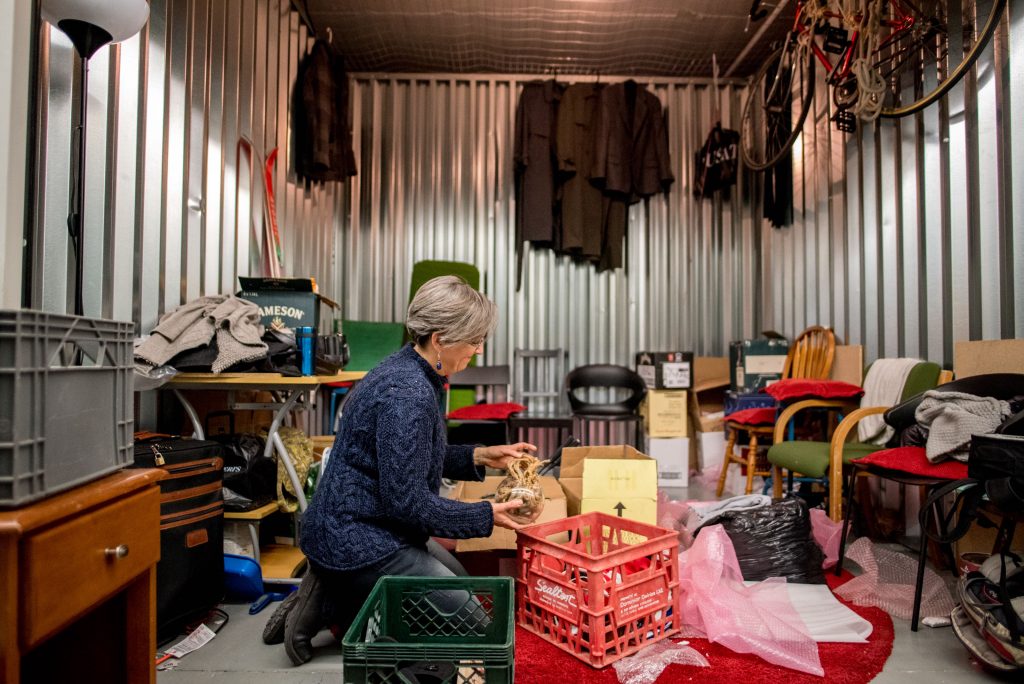







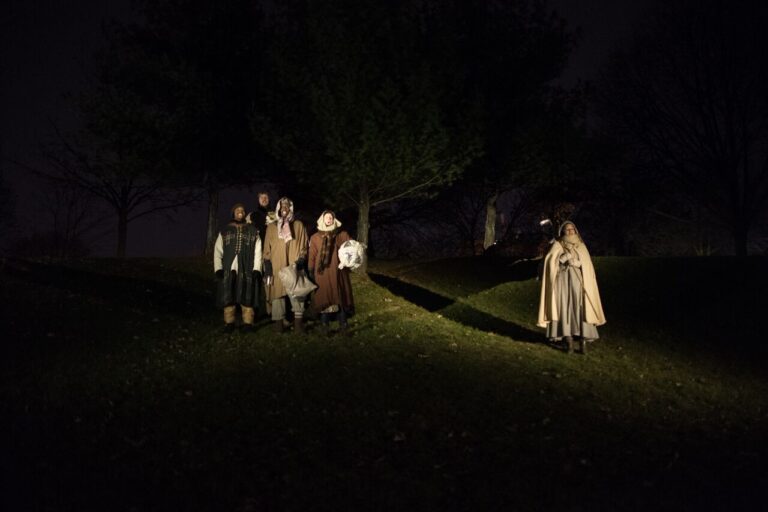
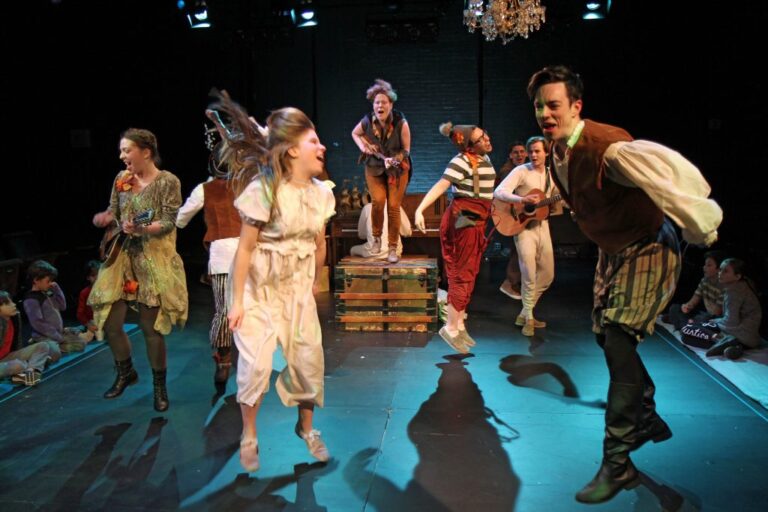
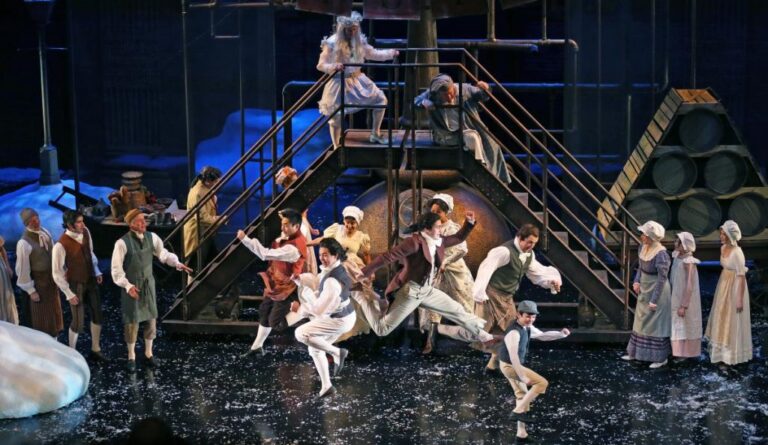
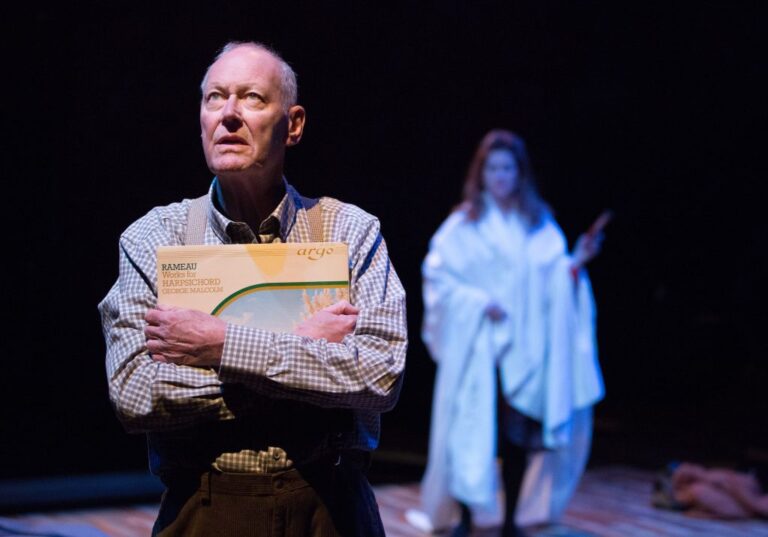
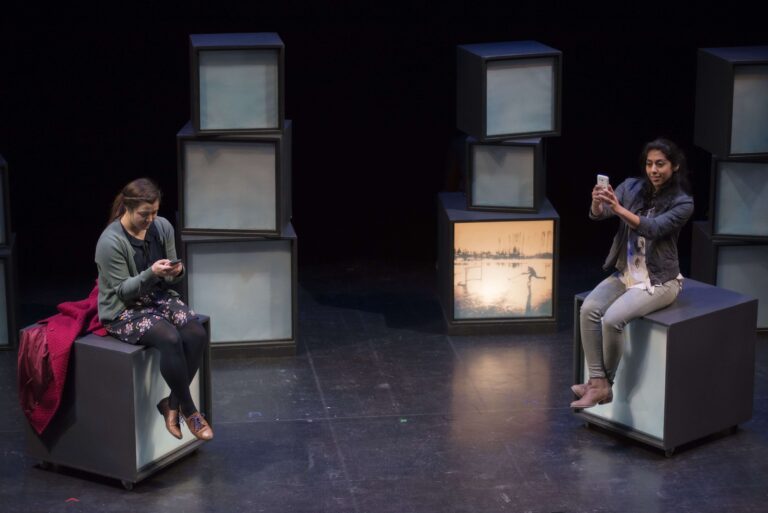
Comments